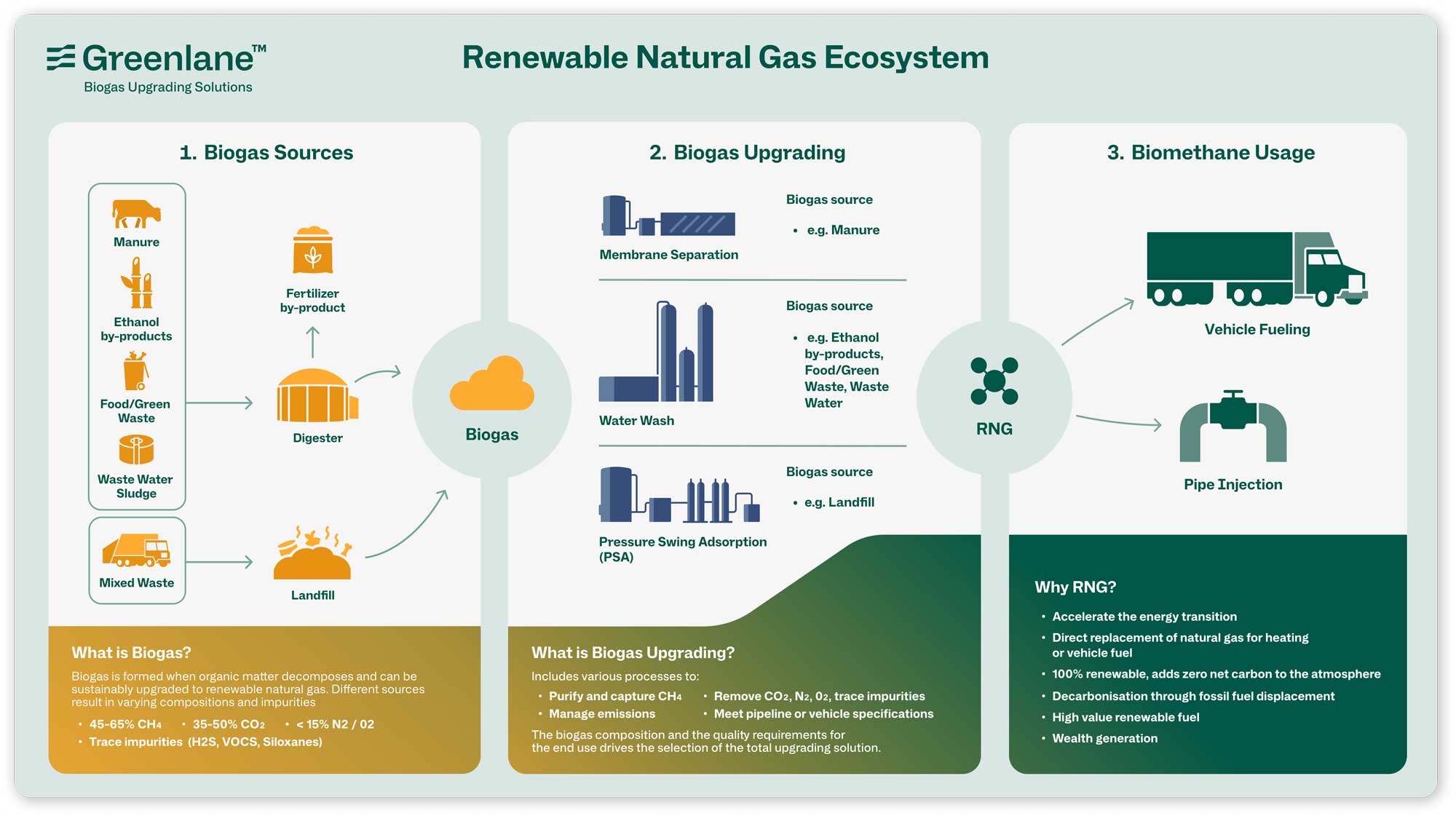I agree to and consent to receive news, updates, and other communications by way of commercial electronic messages (including email) from Greenlane Renewables . I understand I may withdraw consent at any time by clicking the unsubscribe link contained in all emails from Greenlane Renewables
Greenlane Renewables
110 - 3605 Gilmore Way
Burnaby BC
V5G 4X5, Canada.
IR@greenlanerenewables.com


